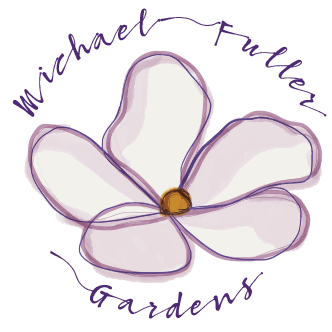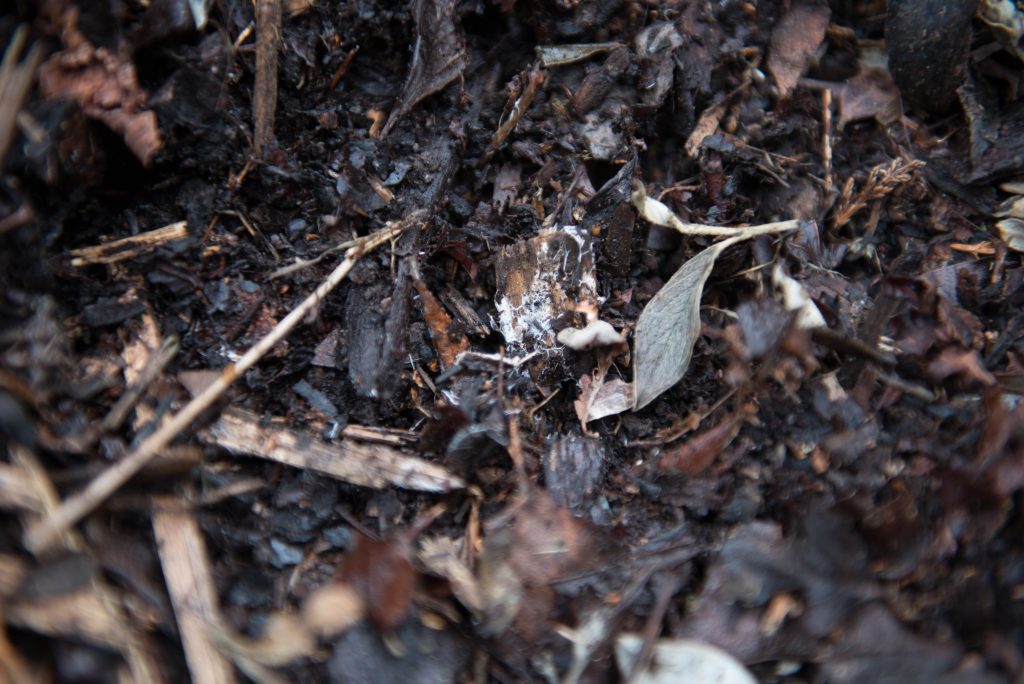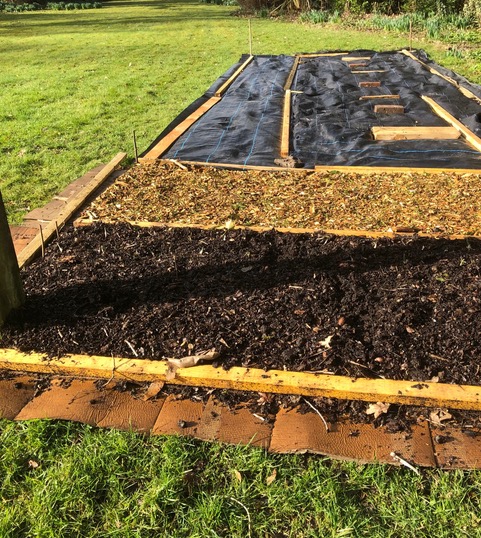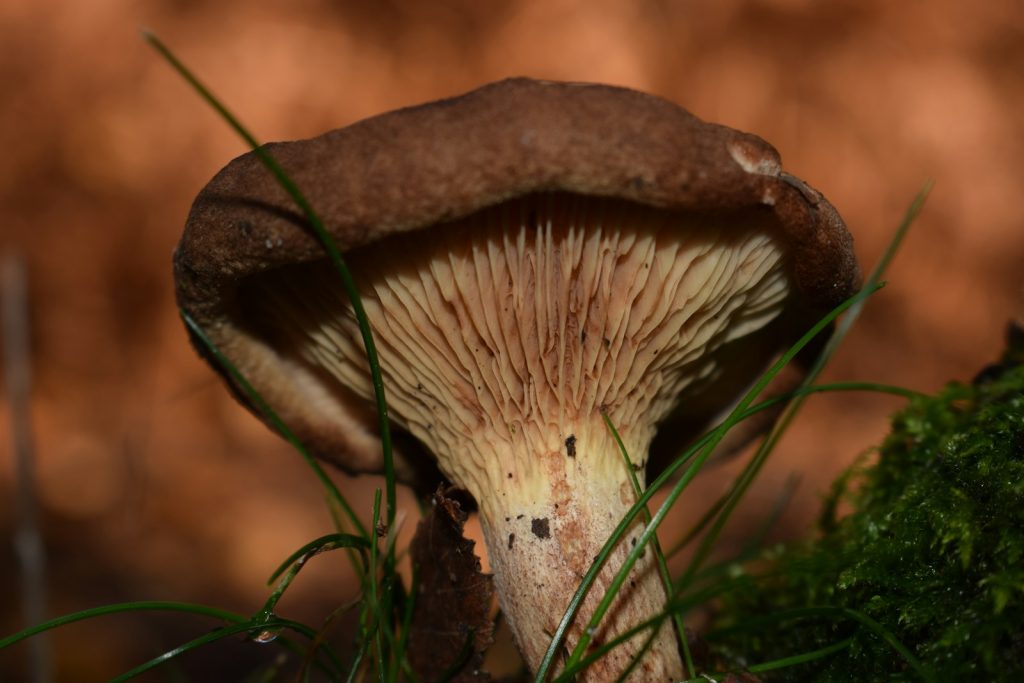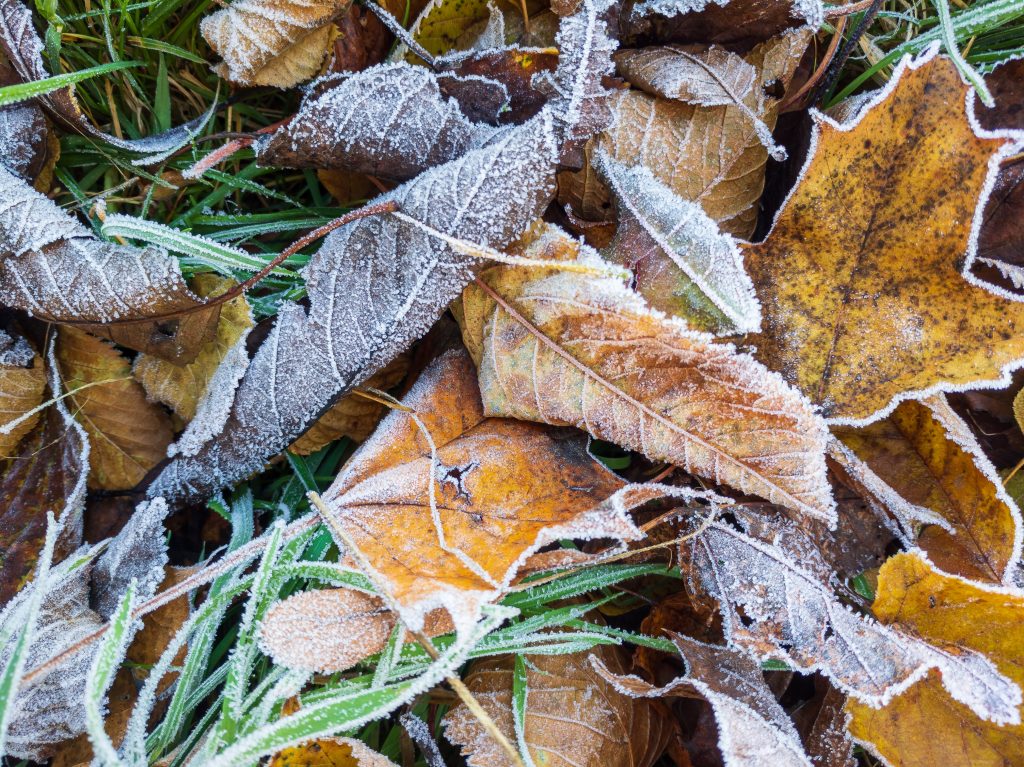Winter pruning of apple and pear trees.
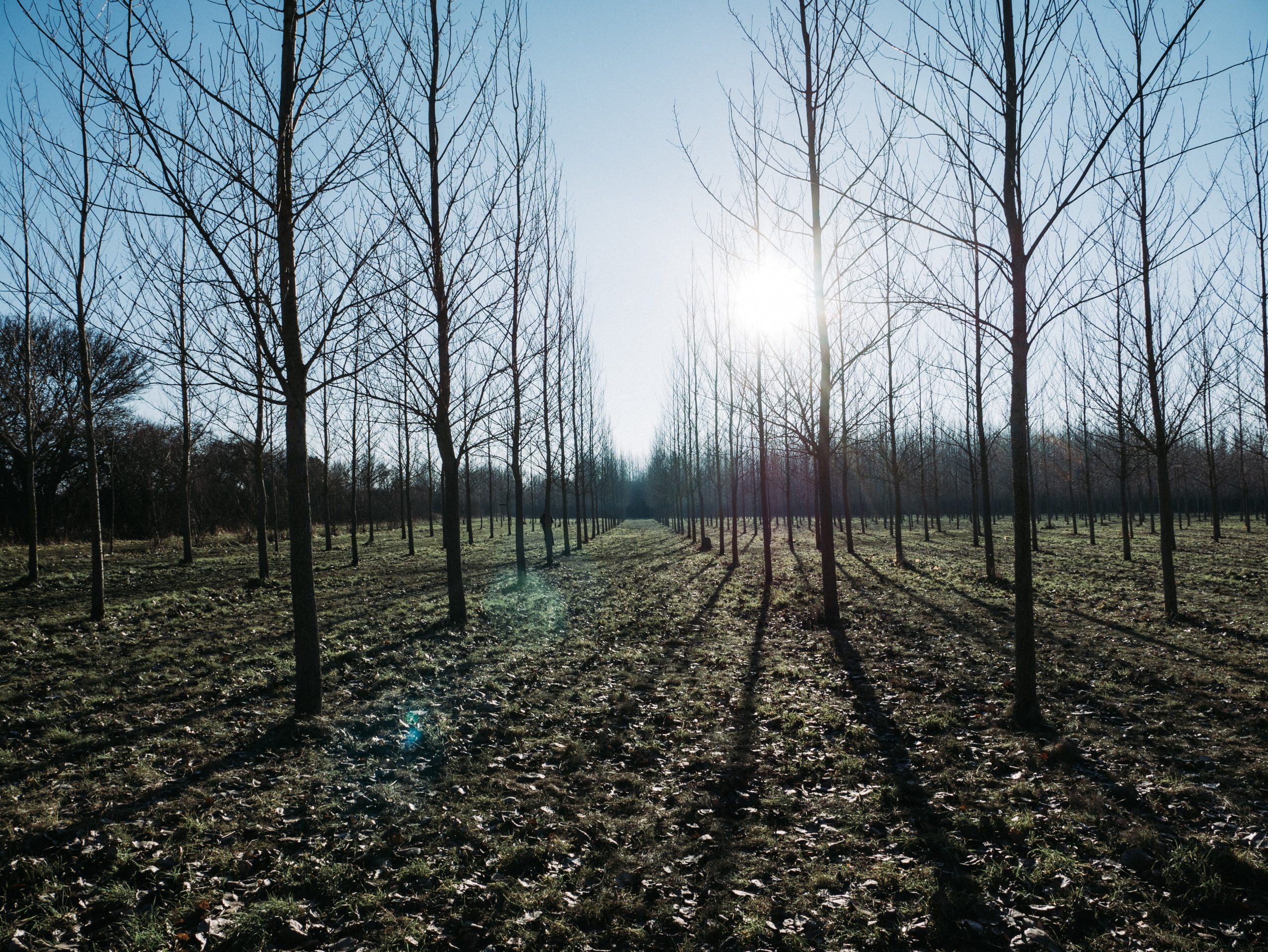
Now that the busy days of autumn tidying are behind us, the month of January is a good time for winter pruning of fruit trees. Without their leaves, the trees in their stark beauty allow us a chance to look closely at their structural form and prune accordingly. This article will concentrate on apple and pear pruning, like all stone fruits – plums, cherries and gages – should not be pruned in winter as they are susceptible to ‘silverleaf’ – a serious fungal disease transmitted through moisture in pruning cuts.
Fruit trees, like all plants, have a desire to propagate themselves and if left unchecked will try to produce as many fruits as possible. In the case of an apple tree, for example, they will try to revert to a wild crab apple – many dense branches bearing sometimes hundreds of small fruits. As gardeners, we are trying to find a way to balance the wish of the tree for propagation and self-perpetuation with our wishes for good quality fruit, tree health and aesthetic enjoyment: an inevitable compromise will have to be reached, personal to each of us and our understanding of what a tree is for. There are three basic rules to pruning of apple and pears, under the headings 1) light and air, 2) size and 3) renewal of fruiting wood. If we follow these rules then we have gone a long way to helping the tree reach the balance suggested above; further detailed, smaller-scale pruning is still possible but is outside the scope of this article.
- Light and air. To increase the health of a garden tree compared to its wild counterpart, it is helpful to allow more light and air into its crown. Both light and air are vital to the health of a tree and its fruits: a very dense, the unpruned tree will have many twiggy dead branches and often the fruits will not ripen well; one senses a kind of ‘matted stagnation’ in the crown, a feeling of ‘stuck’ air flow and loss of light. To obviate this we can remove a number of large crossing, old, or dying branches using a good pruning saw. Try to look at the tree from a distance and prune those branches which will not only create a more open framework but with their removal might also make the shape of the tree more aesthetically pleasing. Cut decisively and generously, choose thicker branches over thinner and don’t leave short stumps which will die back, but rather cut as close to the stem as possible. (NB it is important to cut above the branch bark ridge which is a raised, angled ridge visible at all branch junctions and is needed to help the healing of the cut). As a general rule prune out a maximum of an eighth of internal branches in any one year: more in a very neglected tree, less in a well-pruned one. Once we have finished with the saw there may be other smaller branches requiring removal with secateurs, again crossing, old or dying branches should be chosen.
- Size. The ultimate size of a fruit tree is dependent upon its rootstock, so it is important to choose the correct rootstock when purchasing a tree; a good nursery or garden centre will help with this. For those of us who have inherited large trees which feel too big for our garden, we will have to make compromises. If the tree has a very vigorous rootstock, no matter how much we prune them for size they will always re-grow to their ‘pre-planned’ size; we will either have to live with, remove or manage them. Managing the size means reducing the longest branches every year by a few feet, which will not only reduce the tree’s size but will also encourage side shoots and fruit growth on the branch. However, do not expect a miracle in size reduction: if we try to cut the tree too hard we will be rewarded the following year with a mass of incredibly strong, vigorous growths, sometimes longer than the ones we removed the previous year! We must remember they are and want to be, a large tree.
- Renewal of fruiting wood. On all fruit trees, there are two types of bud – fruit buds and leaf buds. Fruit buds are identifiable as being thicker, rougher, plumper and older than the smoother, smaller younger leaf buds. If one observes a single branch of a fruit tree the leaf buds are the first buds at the very tip of a branch: they are small, smooth and close to the stem. If we look further down the stem to the second and third year of growth, we can see these buds have now transformed into fruit buds – thicker and more upright, perhaps in a cluster or spur. A healthy fruit tree needs a constant renewal of both sorts of buds and a good balance of the two: young and old wood. Most of this renewal comes about naturally if we carry out the above two rules correctly because 1) removal of old wood for light and air allows young wood to develop, and 2) reduction of size by removing the tips of branches encourages the development of fruit buds and spurs lower down. (NB There a few varieties of apple which have some fruit buds on the tips of their branches (for example Worcester Pearmain, Lord Lambourne and Pink Lady – here we will have to be more judicious in our pruning: it will be crucial to identify the fruit buds and not cut them off! In practice this means less size reduction). A further simple pruning technique to bring about this balance is to reduce young side shoots on main branches by three or four buds – this helps concentrate energy on the fruit buds and spurs lower down rather than on too much leafy growth.
A final thought. Before pruning it is a good idea to stand back and really look at the tree. All trees are unique and have their own character and being. By really observing, we start to form a connection, a dialogue with the tree; we begin to notice particular branches, fruits and the way that they are growing. Many indigenous cultures including Britain’s own Celtic/Druidic stream develop this theme further – they suggest we should gently ask the tree for permission before cutting and also ask for guidance on how to prune: an almost forgotten art, but one which deserves reviving. It does require a shift in our gardener’s mindset of being the one in charge and needs a few moments of reflection before action, but it can be really helpful. For me, this ‘getting to know’ a tree is the first stage of pruning, if we are quiet enough we may well be guided to the right way to prune them: it might be different from what we first imagined, and it might also be very different from a neighbouring tree. By practicing this attitude each time we prune we might come closer to the balance outlined at the beginning – the compromise between the wishes of the tree and our wishes. This quality of ‘conscious compromise’ could also inform our wider relationships to the other non-human beings of the Earth: other plants, plus minerals and the animals, and lead to healing of the damage which we have carried out on the Earth in the name of ‘human-first’ growth, replacing it with a kinder, more thoughtful and more reciprocal way of relating.

